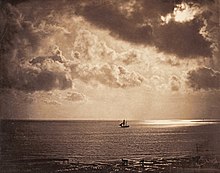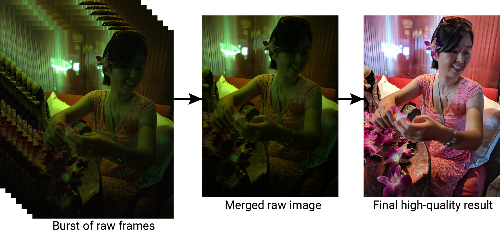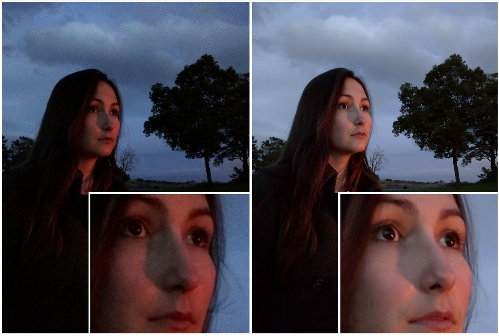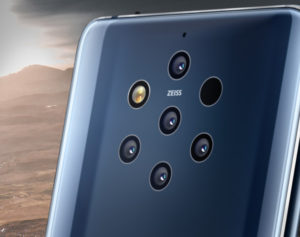A few days ago Nokia unveiled its new smartphone: the Nokia 9 PureView. It looks kind of weird (or maybe funky?) with its 5 cameras at its rear (see image above). But what’s interesting is how Nokia uses these 5 cameras to give you better quality photos with a technique called High Dynamic Range (HDR) imaging.
HDR has been around in smartphones for a while, though. In fact, Google has had this imaging technique available in some of its phones since at least 2014. And in my opinion it does a much better job than Nokia.
In this post I would like to discuss what HDR is and then present what Nokia and Google are doing with it to provide some truly amazing results. I will break the post up into the following sections:
- High Dynamic Range Imaging (what it is)
- The Nokie 9 PureView
- Google’s HDR+ (some amazing results here)
High Dynamic Range Imaging
I’m sure you’ve attempted to take photos of high luminosity range scenarios such as dimly lit scenes or ones where the backdrop is brightly radiant. Frequently such photos come out either overexposed, underexposed and/or blurred. The foreground, for example, might be completely in shadow or details will be blurred out because it’s hard to keep the camera still when you have the shutter speed set to low to let in extra light.
HDR attempts to alleviate these high range scenario problems by capturing additional shots of the same scene (at different exposure levels, for instance) and then taking what’s best out of each photo and merging this into one picture.

Interestingly, the idea of taking multiple shots of a scene to provide a better single photo goes back to the 1850s. Gustave Le Gray, a highly noted French photographer, rendered seascapes showing both the sky and the sea by using one negative for the sky, and another one with a longer exposure for the sea. He then combined the two into one picture in the positive. Quite innovative for the period. The picture on the right was captured by him using the HDR technique.
The Nokia 9 PureView
As you’ve probably already guessed, Nokia uses the five cameras on the Nokia 9 PureView to take photos of the same scene. However, each camera is different. Two cameras are standard RGB sensors to capture colour. The remaining three are monochrome that capture nearly three times more light as the RGB cameras. These 5 cameras are each 12 megapixels in resolution. There is also an infrared sensor for depth readings.
Depending on the scene and lighting conditions each camera can be triggered up to four times in quick succession (commonly referred to as burst photography).
One colour photo is then selected to act as the primary shot and the other photos are used to improve it with details.
The final result is a photo of up to 240 megapixel in quality. Interestingly, you also have control over how much photo merging takes place and where this merging occurs. For example, you can choose to add additional detail to the foreground and ignore the background. The depth map from the depth sensor undoubtedly assists in this. And yes, you have access to all the RAW files taken by the cameras.
Not bad, but in my opinion Google does a much better job… and with only one camera. Read on!
Google’s HDR+
Google’s HDR technology is dubbed HDR+. It has been around for a while, first appearing in the Nexus 5 and 6 phones. It is now a standard on the Pixel range of phones. It is standard because HDR+ uses the regular single camera on Google’s phones.
It gets away with just using one camera by taking up to 10 photos in quick succession – much more than Nokia does. Although the megapixel quality of the resulting photos may not match Nokia’s, the results are nonetheless impressive. Just take a look at this:

That is a dimly lit indoor scene. The final result is truly astonishing, isn’t it?
Here’s another example:

What makes HDR+ standout from the crowd is its academic background. This isn’t some black-box technology that we know nothing about – it’s a technology that has been peer-reviewed by world-class academics and published in a world-class conference (SIGGRAPH Asia 2016).
Moreover, only last month, Google released to the public a dataset of archives of image bursts to help improve this technology.
When Google does something, it (usually) does it with a bang. You have to love this. This is HDR imaging done right.
To be informed when new content like this is posted, subscribe to the mailing list (or subscribe to my YouTube channel!):



